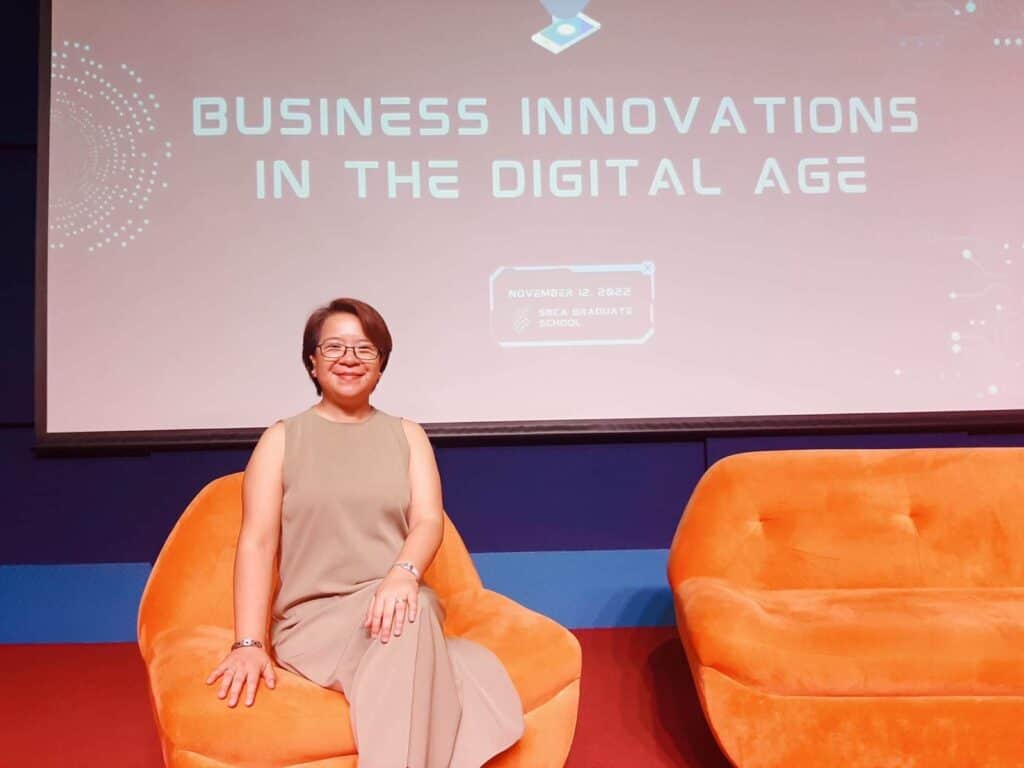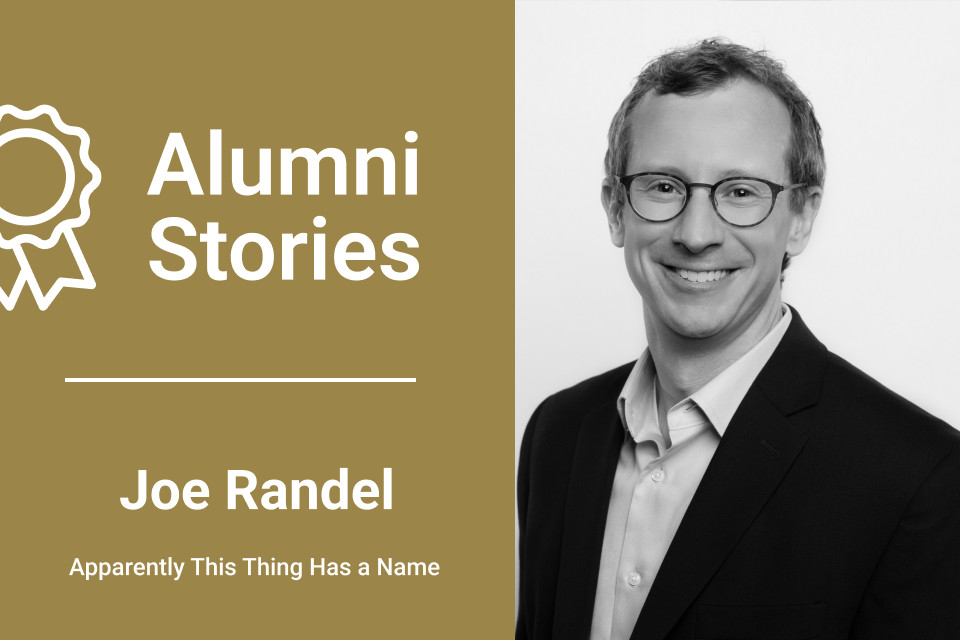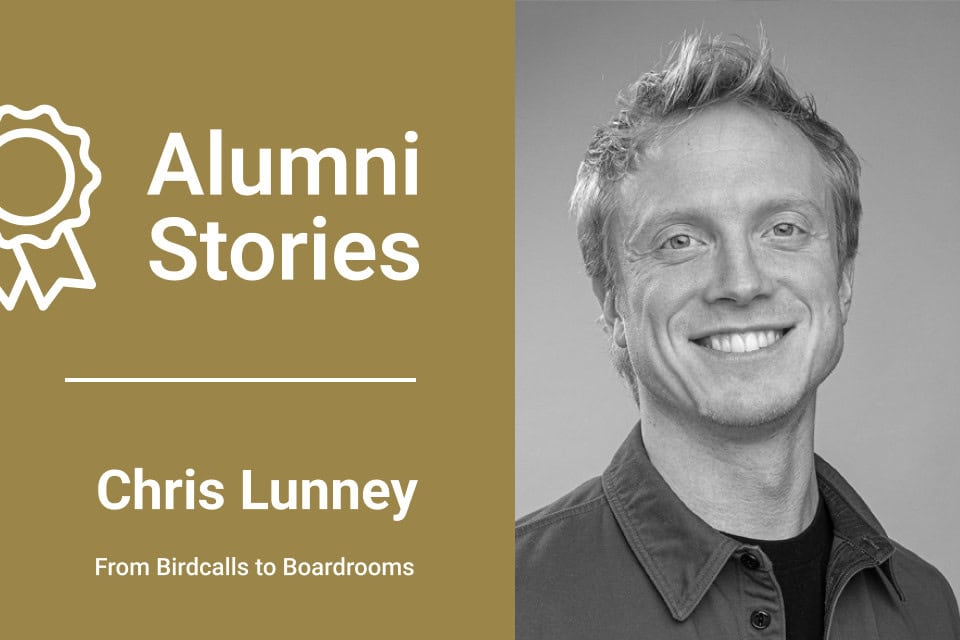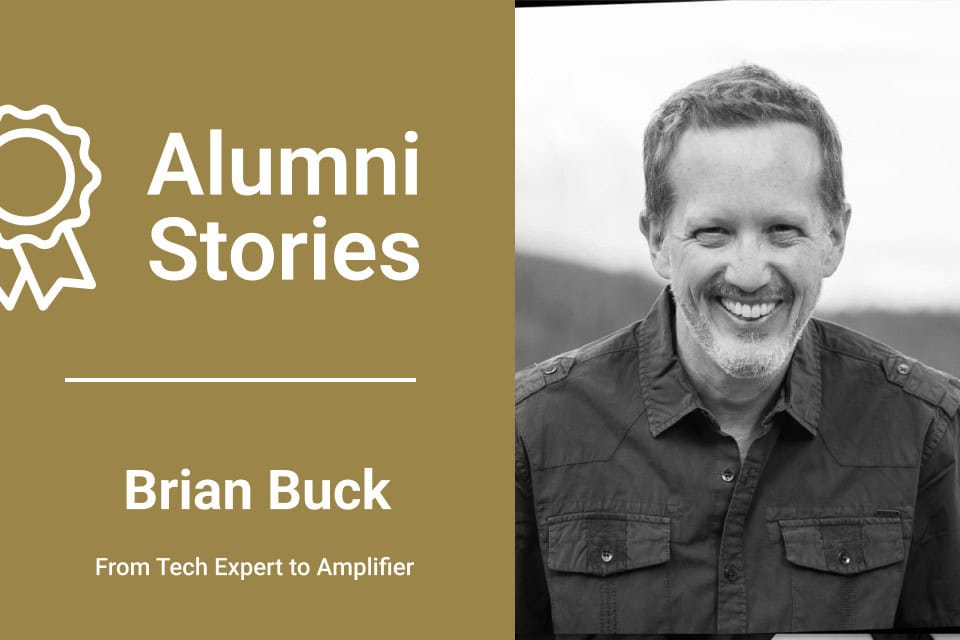Connecting Across Cultures and Virtual Rooms
Embarking on a Global Journey
Four years ago, I took a momentous step. While I had been comfortably leading a local team in Manila, the Philippines, life had bigger plans. Suddenly, I was responsible for a global team centered on quality, training and, interestingly, performance improvement.
Transitioning wasn’t merely about geography or time zones; it was about understanding and respecting diverse cultures. Our primary objective was to ensure our services catered to everyone, speaking universally yet personally to varied cultures around the world.
Our early days were marked by trial and error. The most notable revelation was the shyness of our China team to open up in group discussions.. The solution? One-on-one breakout sessions. They weren’t just effective; they were transformational. Yet, these improvisations made me realize something crucial – I needed a more structured approach.
But, as I was trying to find my footing, the pandemic threw the world into disarray. From the familiarity of face-to-face interactions with my Manila team, I was now navigating the tricky terrains of Zoom and Teams across seven different locations. The challenge was twofold: mastering virtual tools and ensuring the human connection wasn’t lost.
Unintentional Facilitators
My global team and I, like many others in leadership and support positions, became unintentional facilitators, organizing people for brainstorming sessions, managing projects, leading governance meetings, and various other group interactions. As you might expect, we struggled a lot initially, and I realized I needed formal training when our roles required us to bring together team members from all over the world in 5-6 different time zones and regions to create inclusive environments in which we could assess risks, co-create solutions, and make decisions together.
In addition to my regular duties as an active SAP coach, I volunteered to assist in sharing the magic of coaching and effective conflict resolution strategies through conducting internal global workshops. Although I had a hand in creating the curriculum, I was just acting as a facilitator. These workshops shifted perspectives and were life-altering experiences for our participants. I’m really impressed by the reactions and feedback received after the sessions. I thought it would be amazing to design and facilitate these types of transformational spaces and experiences in the future, too. That was the dream.
Exploring New Tools and Techniques
At about that time, a colleague suggested that I check out Liberating Structures. At the time I had no concept of the treasure trove of facilitation techniques I was about to discover. My initial skim on their website quickly turned into hours of exploration. I thought to myself, “Now this is a methodology that could potentially reshape our approach”. I was hooked, and I wanted more.
As I began to search for online engagement strategies, I stumbled upon Mural and I quickly became a frequent user of Mural. While it was growing in popularity within our organization in 2019 and 2020, not everyone was accustomed to it. My sessions often began with mini-training on using Mural before diving into the main agenda. This whiteboarding tool became essential, especially when I discovered the Mural templates offered by Voltage Control. Naturally, this made me curious about Voltage Control, and after looking at their website, I discovered their facilitation certification and the program aligned with my personal growth requirements.

Certification Revelation
As I think about my first day in the certification program, it was not what I had initially expected. I was used to heavy lectures, theoretical models, and being bombarded with tools. To my pleasant surprise, the certification was a very purposeful experience and provided a safe experimental space that allowed us to explore the different tools that are available to us and practice with our peers.
I met so many fantastic people with similar goals in the certification cohort. I didn’t mind laughing and learning with them until 4 a.m. In addition to the books, online courses, and Erik’s outstanding facilitation of the class, I drew on their unique expertise and tools/resources to broaden my own facilitation toolbox.
I love that we’re being paired with different people from different backgrounds. I was paired with some folks in the US, one who was building his own facilitation business. He was building his website and productizing his services, et cetera. I was intrigued and kept learning about that. He was my learning buddy for my first month and last month of certification, I thought, “This is can apply to me too.” He actually has his own podcast already. He’s really cool and such an inspiration.
It dawned on me that within SAP, I can do this too since the only way for me to grow and scale my team’s services more widely throughout our global team. is if I create a product or several product offerings. Now it’s easy to say to different stakeholders if they have a business problem, in my mind, – “Hey, I have a product for that or I have a service for that!” I help enable others to solve problems with an already packaged service. And I got that idea from those conversations that I had with my Voltage Control certification buddy.
And finally, the instructor’s one-on-one mentoring sessions allowed me to explore subjects that I was too hesitant to address with the full group (shy Asian here). As a result, my (still expanding) facilitation toolbox has become my best buddy. My team and I build more inclusive spaces where everyone is empowered to flourish and is focused on very precise results through carefully designed meeting/workshop experiences.
Finding Purpose
In my opinion, the biggest and most crucial practical benefit of the training for me was the creation (and evolution) of my facilitator portfolio. If I go back to my portfolio, I still remember everything because it allowed me to clarify my purpose and also document my journey and what my next steps will be. And that was very powerful.
Working on my portfolio helped me realize I was imagining a world where I could influence people within my organization to maximize our time spent with each other. It needs to be engaging. It has to have a very concrete purpose. It has to be – I dare say – transformative. That’s what I imagined, and I wanted to be that person. Not just a facilitator who can bring people together, lead discussions, and elicit useful feedback and ideas. I wanted to create a space where people can be safe to bring their full selves, create value for the business, and be positively changed by the experience. And I wanted to share my process with others so that we could all build these remarkable environments. Imagine an organization where people actually want to attend meetings. And that’s what I put in my portfolio.

I didn’t stop there, however. I also asked my 13-year-old daughter to co-facilitate an online workshop with me, which 200 of her high school peers attended. From the title to the themes, flow, and break-out session, we co-created the whole event with some of her batchmates. I had an awesome time doing this with her.
In our portfolio assignment, we were instructed to answer the question – How will the certification program serve you on your own path? I spent a lot of time thinking about this. I said that I wanted to establish myself and my team as the group that can partner and help enable other teams to produce synergies that offer the greatest results in a healthy and meaningful way. I even created a prototype of the service offering webpage with the phrase – “Still stuck in the old ways of collaborating or meeting with colleagues that usually end with frustration, conflict, and poor outcomes? – It’s time to shift.” Because why not? Who is not sick of meetings without agendas that end up a total waste of everyone’s time? So, I imagined service offerings that were meant to guide and/or co-create safe participatory environments and enable distributed decision-making to build a better meeting culture within the organization.
This problem is not unique to my organization nor to the corporate environment. It is everywhere, and I aim to spread the power of wonderfully designed and facilitated meeting/workshop experiences in my organization, at my daughter’s school, and other communities I am part of.
Redefining Meetings and Workshops
Back in our virtual rooms, I realized that the scope of our sessions was too vast for me to handle solo. While I initially took the reins, demonstrating the process to my managers, soon it became clear that co-facilitation was the way forward. But there was a hitch. Not many were confident enough to take on this mantle. Our cultural background often made us hesitant, needing assurance that a task was possible before diving in.
However, the solution was simple. Through demonstration and post-session debriefs, we not only showcased the ‘how’ but also emphasized the ‘why’. This approach gradually built their confidence.
Equipped with the knowledge from the Voltage Control certification, I shared insights with my team. We began focusing on the journey, considering the ‘before’ and ‘after’ of our meetings and workshops. Instead of a mere checklist approach, we became outcome-driven, which transformed our sessions’ quality.
I also introduced my team to the Workshop Design Canvas, coaching them on how to picture the learner before, and learner after, and how they would drive a concrete set of outcomes. I also kept reminding them to think about how they want their participants to feel and do following the session. They are now designing experiences in a new way. Previously, everything was task-oriented Now, they invite only the right people, prepare carefully designed meeting flows, and drive tangible results.
The results spoke for themselves. Our meetings, known for their clarity, intention, and respect for participants’ time, consistently drew almost full attendance. In contrast to some aimless, recurring meetings saw only about half the invited participants.
Cultural Inclusivity and Leadership Evolution
With our newfound expertise, our team’s role started evolving. We weren’t just facilitators or project managers anymore. We became mentors. When I went to India this year, I conducted a couple of workshops with the intent to share the skills of facilitation with my team in India. Our expertise was sought not just for leading projects but for teaching others to lead discussions. On top of our work in quality assurance, training and process optimization, we are also spreading facilitation tools and sharing our skills to help increase the creation of meaningful meeting spaces to enhance work experience.
While there is a long way to go, I have already noticed a difference in collaboration culture and conversations with teams around the world. Where there used to be a lot of bias and mistrust, there is now more engaged and collaborative energy. We support and enable over 1,800 team members in over ten sites spanning six different time zones, where cultural clashes and unconscious biases prevent us from working together harmoniously. Better meetings in general, have enriched our work experience in many ways – it became more inclusive, vibrant, outcome-focused – more human.
From Leader to Listener
But amidst all this, a vital leadership lesson emerged for me. Leaders aren’t just solution providers; they can also be questioners, listeners, and facilitators. This shift, however, requires transparent communication. It’s essential to set the context right, ensuring that questions are seen as a means to draw out insights and not as interrogations.
In hindsight, this journey, filled with challenges and opportunities, has been incredibly enriching. From bridging cultural divides to embracing digital tools, each step has fostered growth. Today, as I look back, I’m more than just a leader; I am a facilitator, mentor, and lifelong learner, eager for the adventures that lie ahead.
If you’re looking to improve your facilitation skills, start by building your listening, empathy & curiosity muscles first by being the last to speak in meetings. Just observe and listen to everyone in the room or Zoom/Teams call. Write down your observations or talk to a co-participant about how the meeting could be better. The fundamental facilitation skill is listening with an open mind and an open heart.


